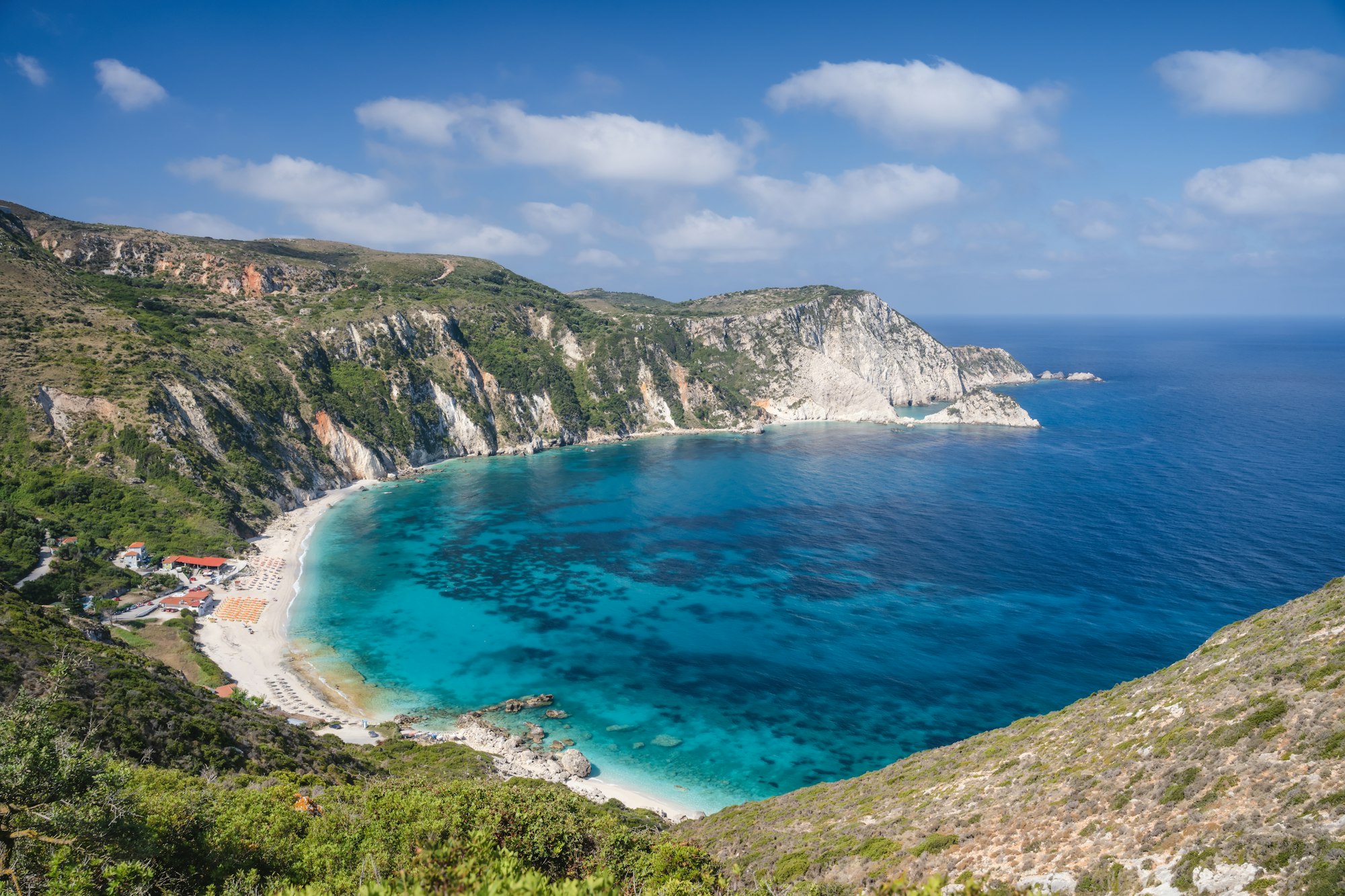TLDR;
ToggleIntroduction
Exploring the world, whether it be venturing across the Atlantic to Europe or roaming the vast expanses of the United States, comes with its own set of financial considerations. This article delves into the question of whether it’s more economical to travel to Europe than to travel within the US, examining various aspects such as airfare, accommodation, dining, transportation, and activities. By the end of this comprehensive guide, you’ll have a clearer understanding of the cost dynamics involved in both travel options.
Geographical Information
Europe
- Location: Europe is a diverse continent comprising 44 countries, each offering unique landscapes and experiences.
- Climate: Europe enjoys a varied climate, from the Mediterranean warmth of Italy and Spain to the cooler climates of Scandinavia.
- Best Times to Visit: The optimal time to visit Europe generally falls between May and September, with spring and fall offering pleasant weather and fewer tourists.
United States
- Location: The US spans across North America, featuring a range of climates and landscapes from coast to coast.
- Climate: The US climate varies significantly, from the tropical warmth of Florida to the arid deserts of Arizona and the frigid winters of Alaska.
- Best Times to Visit: The best time to visit the US depends on the region, but spring (March to May) and fall (September to November) are typically ideal for most parts of the country.
Cultural Insights
Europe
- Local Customs: European countries boast rich histories and diverse cultures. For example, in France, dining is a leisurely affair, while in Spain, siestas are a cultural norm.
- Cuisine: Each country offers distinct culinary delights, from Italian pasta and French pastries to Spanish tapas and Greek gyros.
- Traditions: Europe is home to a myriad of traditions, from Germany’s Oktoberfest to Scotland’s Highland Games.
United States
- Local Customs: The US is a melting pot of cultures, with regional customs varying widely. Southern hospitality, New York’s fast-paced lifestyle, and California’s laid-back attitude are just a few examples.
- Cuisine: American cuisine is as diverse as its people, featuring everything from Texas barbecue and New England seafood to Californian vegan dishes.
- Traditions: The US celebrates a variety of traditions, including Thanksgiving, Independence Day, and regional festivals such as Mardi Gras in New Orleans.
Must-Visit Attractions
Europe
- Major Tourist Spots: Iconic landmarks like the Eiffel Tower in Paris, the Colosseum in Rome, and the Acropolis in Athens.
- Hidden Gems: Lesser-known attractions such as the fairy-tale village of Hallstatt in Austria, the medieval town of Český Krumlov in the Czech Republic, and the stunning Plitvice Lakes in Croatia.
United States
- Major Tourist Spots: Famous sites such as the Grand Canyon, Yellowstone National Park, and the Statue of Liberty.
- Hidden Gems: Unique destinations like the charming town of Savannah, Georgia, the picturesque Apostle Islands in Wisconsin, and the mysterious Antelope Canyon in Arizona.
Activities and Experiences
Europe
- Unique Things to Do: From wine tasting in Bordeaux and sailing in the Greek Isles to exploring the Christmas markets in Germany and taking a gondola ride in Venice.
- Cultural Festivals: Participate in events like the Running of the Bulls in Spain, La Tomatina in Spain, and the Edinburgh Fringe Festival in Scotland.
United States
- Unique Things to Do: Activities ranging from hiking in the Rockies and surfing in Hawaii to experiencing the jazz scene in New Orleans and stargazing in Joshua Tree.
- Cultural Festivals: Enjoy festivals such as Coachella in California, South by Southwest (SXSW) in Texas, and the Albuquerque International Balloon Fiesta in New Mexico.
Travel Tips
Europe
- Accommodation: Europe offers a range of lodging options, from budget hostels and charming bed-and-breakfasts to luxury hotels and vacation rentals.
- Transport: Efficient public transportation systems, including trains, buses, and trams, make it easy to get around European cities and between countries.
- Packing Tips: Pack light and versatile clothing, comfortable walking shoes, and adapters for electronic devices.
United States
- Accommodation: Options include everything from budget motels and boutique hotels to Airbnb rentals and luxury resorts.
- Transport: While public transportation is available in major cities, renting a car is often the best way to explore more remote areas.
- Packing Tips: Prepare for varied climates, pack comfortable clothes for long road trips, and include necessary travel documents.
Safety and Health Precautions
Europe
- Essential Safety Tips: Stay aware of your surroundings, keep your belongings secure, and familiarize yourself with local emergency numbers.
- Health Tips: Ensure you have travel insurance, know the location of nearby hospitals, and stay hydrated, especially in warmer climates.
United States
- Essential Safety Tips: Be cautious in unfamiliar areas, keep valuables secure, and stay informed about weather conditions.
- Health Tips: Carry essential medications, know the location of urgent care centers, and be prepared for different climates.
Budget Planning
Europe
- Cost-Effective Travel Tips: Use budget airlines, stay in hostels or budget hotels, and take advantage of free walking tours and city passes.
- Typical Expenses: Accommodation, food, and transportation costs vary, but Europe offers options for every budget.
United States
- Cost-Effective Travel Tips: Plan road trips, use budget accommodation options, and take advantage of national park passes.
- Typical Expenses: Costs can vary widely depending on the region, but planning and budgeting can help manage expenses effectively.
Local Cuisine
Europe
- Must-Try Food and Drink: Indulge in French pastries, Italian pasta, Spanish paella, Greek moussaka, and Belgian waffles.
- Culinary Experiences: Enjoy local food markets, wine tours, and cooking classes to immerse yourself in European cuisine.
United States
- Must-Try Food and Drink: Savor American classics like burgers, barbecue, clam chowder, and apple pie.
- Culinary Experiences: Visit food festivals, take food tours, and explore local diners and food trucks for authentic American flavors.
Conclusion
Traveling, whether within the US or to Europe, offers unique experiences and memories that are priceless. While the costs associated with each destination can vary, thorough planning and budgeting can make both options accessible and enjoyable. Ultimately, the choice between traveling to Europe or exploring the US depends on personal preferences, travel goals, and budget considerations.




